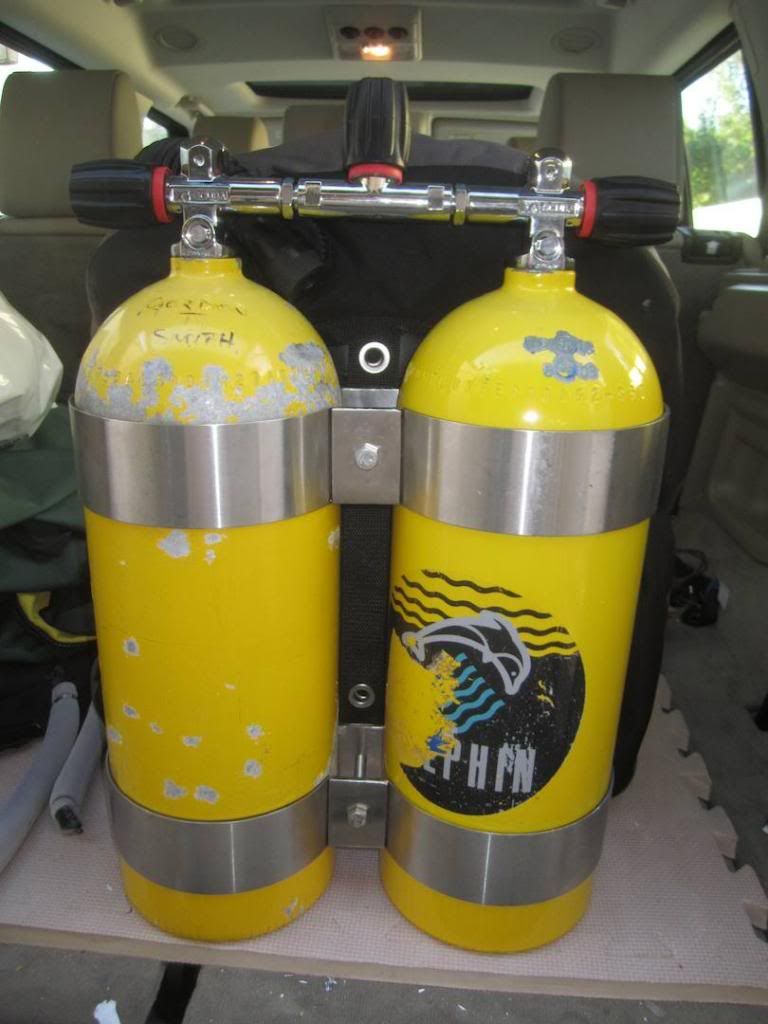Haha, no my SAC rate is rather average....

My point was that if a diver is totally reckless not monitoring their gauges and timing they can have problems far worse than hitting an NDL.
Some single tanks are actually bigger than doubles.
True dat! Point well taken...

But with most things, the devil is in the details. Yes, you can certainly set up a set of double 50s (as fdarden posted) which gives you redundancy without extra gas, but the vast majority of people diving doubles will have more gas than a single tank diver. Even double 72s give you more gas than the biggest commonly available single tank.
So while it's true that a person with absolutely no situational awareness is at more risk for OOG than a deco obligation, most people (especially those diving in cold water with doubles) aren't like that. But bringing extra gas
does put you at risk for a greater deco obligation if you are not used to tracking that - and believe it or not, many new OW divers are simply not aware of this at all.
I have seen it several times in warm water where people are diving without a basic understanding of decompression theory or NDLs, despite having passed their OW exam. I just saw this last week, in Cozumel with a club dive, when a friend of mine was asking what was the point of a dive computer, what was it actually measuring. While it doesn't look like the OP is in this category, we didn't really know that when all we saw was 30 logged dives.
A lot of new divers (like my friend from Coz) follow the "follow the leader and ascend at 700 psi" rule that Caribbean divemasters promote. So if you took that person and put a set of doubles on her, she might well rack up a good bit of deco. Yes, you can easily blow past your NDL with a single tank too if you SAC is decent, but it's a matter of degree.







